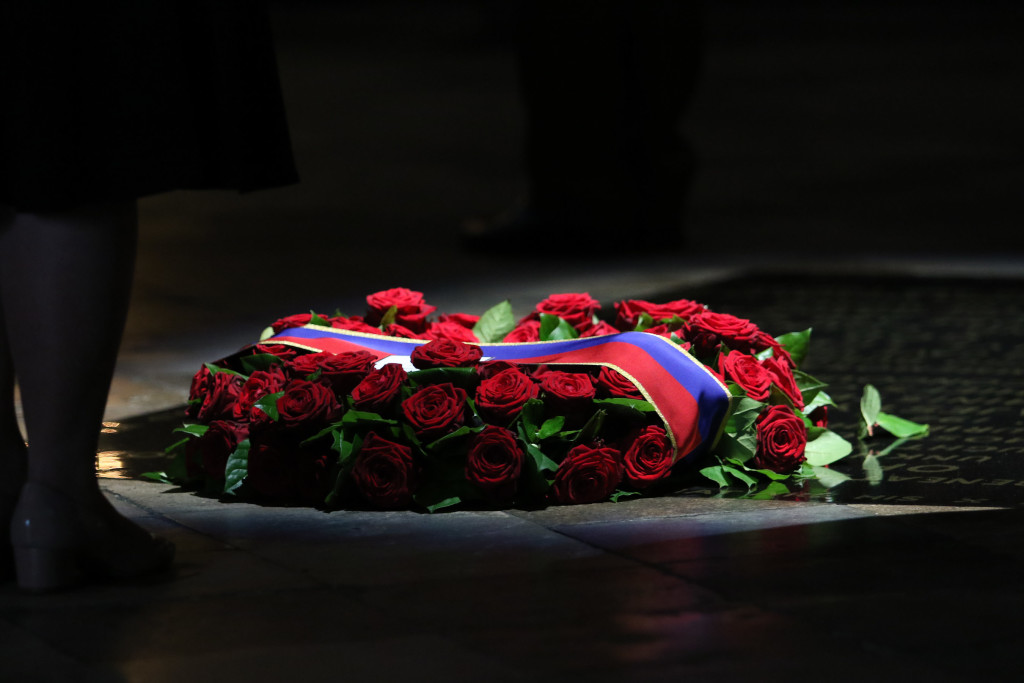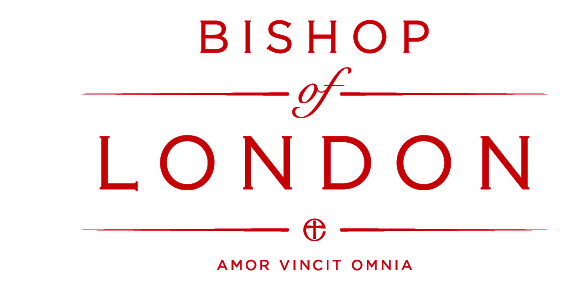
Address by the Bishop of London on the Centenary of the Somme
Listen to a recording of the address on the Westminster Abbey website.
Westminster Abbey Commemoration of the Eve of the Somme. 30-vi-2016
Address by the Bishop of London
Check against delivery
The memorial crosses in every village and town and the cemeteries in France, bear witness to the vast scale of the heart break and disruption caused by the Great War.
The 20th century had begun in a spirit of optimism. The ruling families of Europe were related to one another. There had been a growth of international trade, of institutions to regulate transnational problems and vast improvements in communications. It was a hopeful picture obliterated by massive failures of statesmanship. As a result the British army crossed over to the continent in 1914 to prevent our Belgian and French allies being overwhelmed.
At the half way point of the war the battle of the Somme was an attempt to relieve the pressure on the French defenders of Verdun and to break the deadlock which had existed since the winter of 1914. A continuous line of trenches stretched from the Belgian coast to the Swiss border, creating a war of attrition amidst mud, wire and trenches.
The balance in warfare had shifted decisively in favour of defence. Hard, dry, chalky soil had enabled the Germans to construct a superb labyrinth of deep trenches and buried communications cables, defended by miles of barbed wire.
The British and Imperial forces who faced them in June 1916 preparing for the “big push” comprised a handful of old regular formations, some territorials and men of the “Kitchener Army”, citizen volunteers organised around “pals” battalions, for whom the Somme would be their first battle. There were contingents from every part of the United Kingdom and from all the dominions. There was an Indian cavalry division ready for the expected breakthrough.
An enormous bombardment preceding the attack began on the 24th of June. The noise could be heard on the South Coast and one can only guess at the effects on men in the front line of enduring 150 hours of bombardment.
June 30th 1916, after the rain clouds had cleared, was a beautiful summer evening. The Commander in Chief, Douglas Haig made up his journal that night “The men are in splendid spirits… The wire has never been so well cut nor the artillery preparation so thorough”
At 7 am in the morning of July 1st the artillery bombardment reached a staggering crescendo. Over the next hour a quarter of million shells were fired over the whole 14 mile front and seventeen massive mines were detonated under German positions. So confident was Haig and his generals of the effects of the bombardment that they had decided that the inexperienced infantry should advance not by the tested method of “fire and movement” with some lying down to cover the movement of their comrades with rifle volleys but to keep upright and moving forward together in successive lines.
The cemeteries in sight of which the ceremonies of tomorrow will be held are a map of what happened. The citizen volunteers going into action for the first time rose from their trenches at zero hour. We shall recall this moment here at 7.30 by blowing First War whistles. The men advanced in steady formation to the astonishment of the Germans and were almost everywhere checked by uncut barbed wire and were shot down.
Corporal Wood of the 16th battalion the West Yorkshire Regiment recalled the moment of going over the top. “The Pals were the finest soldiers that you’ve ever seen. And we were all friends. About ten minutes before we climbed out of the trench we were issued with a very strong Dixie of rum out of a stone bottle. We were told that the wire had been cut in front of our front line, that there’d be no difficulty at all for us to get through and that there wouldn’t be a German within miles.”
The Accrington pals lost 234 killed on the first day and 360 wounded leaving only 135 survivors.
It will be for others to chart the subsequent course of the battle which lasted until November. As we keep our vigil by the graveside of the Unknown Warrior who represents all those who perished in the Great War, it is for us to remember the fearful beginning of the battle of the Somme and to salute the courage and sacrifice of those who went over the top. Among the hundreds of thousands of killed and wounded from so many parts of the world were men from both parts of Ireland, north and south. One of those killed on the Somme was the poet and patriot Tom Kettle. He died among his fellow Dubliners and left these words about his own homeland “Used with the wisdom that is sown in tears and blood, this tragedy of Europe may be and must be the prologue to the two reconciliations of which all statesmen have dreamed; the reconciliation of Protestant Ulster with Ireland and the reconciliation of Ireland with Great Britain.” Our prayer must be that with the wisdom sown in blood and tears we may be agents of the reconciliation which is God’s will, reconciliation wherever we live or from wherever we come, rejecting those who would stir up hatred and division and instead working for reconciliation that will ensure that our children will never have to endure what the men of the Somme so bravely endured.
